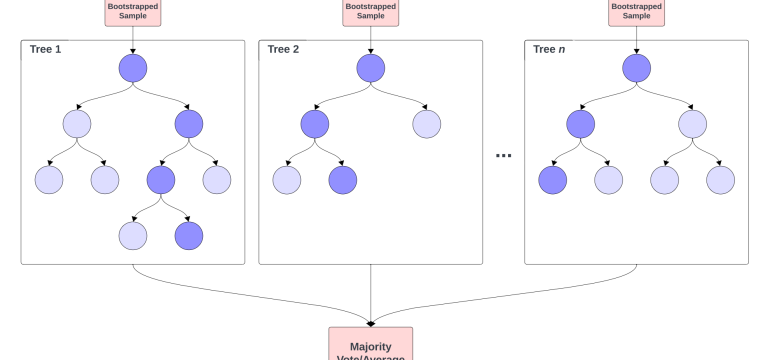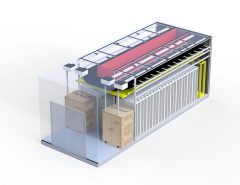Authors: Alan Inglis, Andrew Parnell, Natarajan Subramani, Fiona Doohan
Published on: April 23, 2024
Impact Score: 8.2
Arxiv code: Arxiv:2404.15387
Summary
- What is new: The research provides a comprehensive review of the use of machine learning (ML) in detecting mycotoxins in food, emphasizing the shift towards ML for faster and more accurate predictions, and highlighting the need for openness in ML research.
- Why this is important: Mycotoxins pose a significant threat to global food safety, with traditional detection methods being slow and unsuitable for large-scale screenings.
- What the research proposes: The paper discusses the application of ML methods for the rapid and precise detection of mycotoxins in food, advocating for transparency and reproducibility in ML research through open access to data and code.
- Results: Findings indicate a preference for neural networks, especially convolutional neural networks, in mycotoxin detection, but also point out a lack of detailed reporting on model hyperparameters and open source code which is crucial for the progress and reproducibility of ML applications in food safety.
Technical Details
Technological frameworks used: nan
Models used: Neural Networks, with a focus on Convolutional Neural Networks
Data used: Various food ingredient datasets for mycotoxin detection
Potential Impact
Food safety and public health sectors, agricultural industries, companies involved in food quality control and regulatory compliance, and tech companies providing AI solutions for the food industry
Want to implement this idea in a business?
We have generated a startup concept here: MycoSafeTech.



Leave a Reply